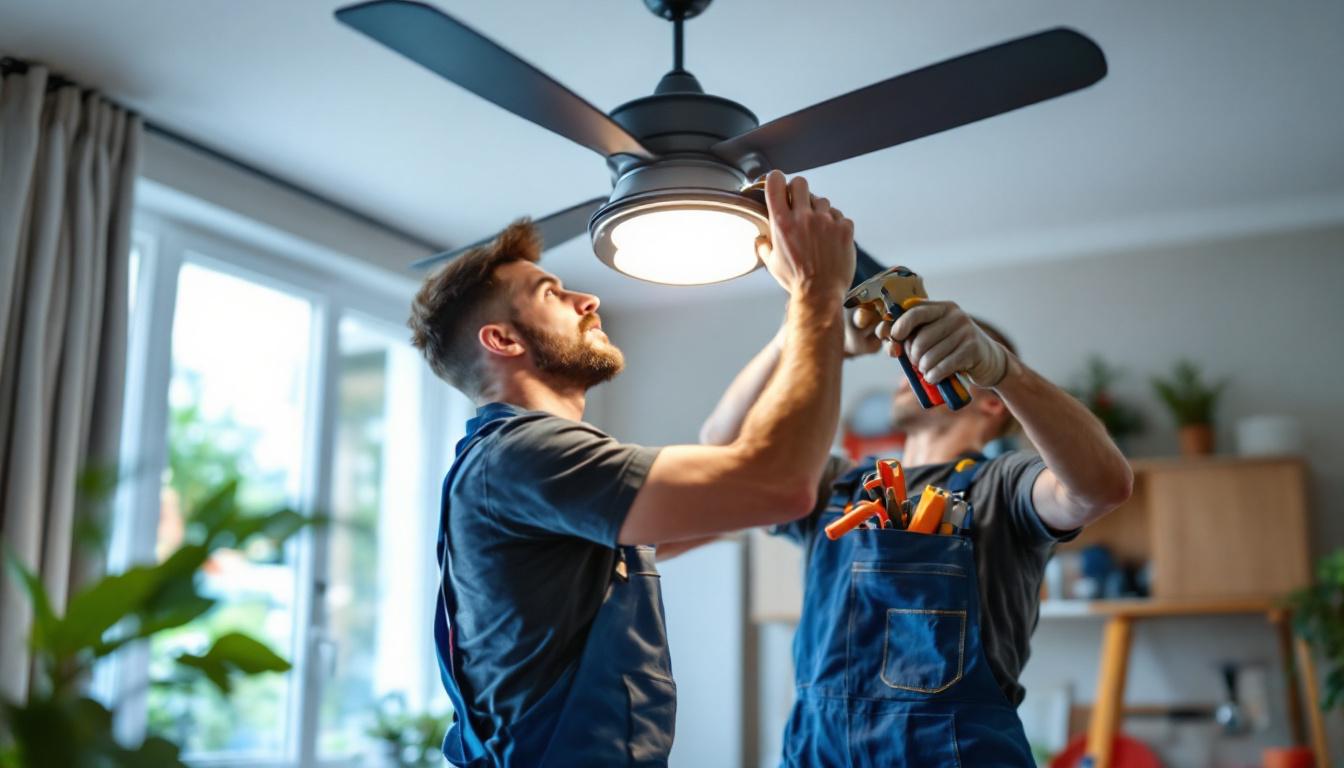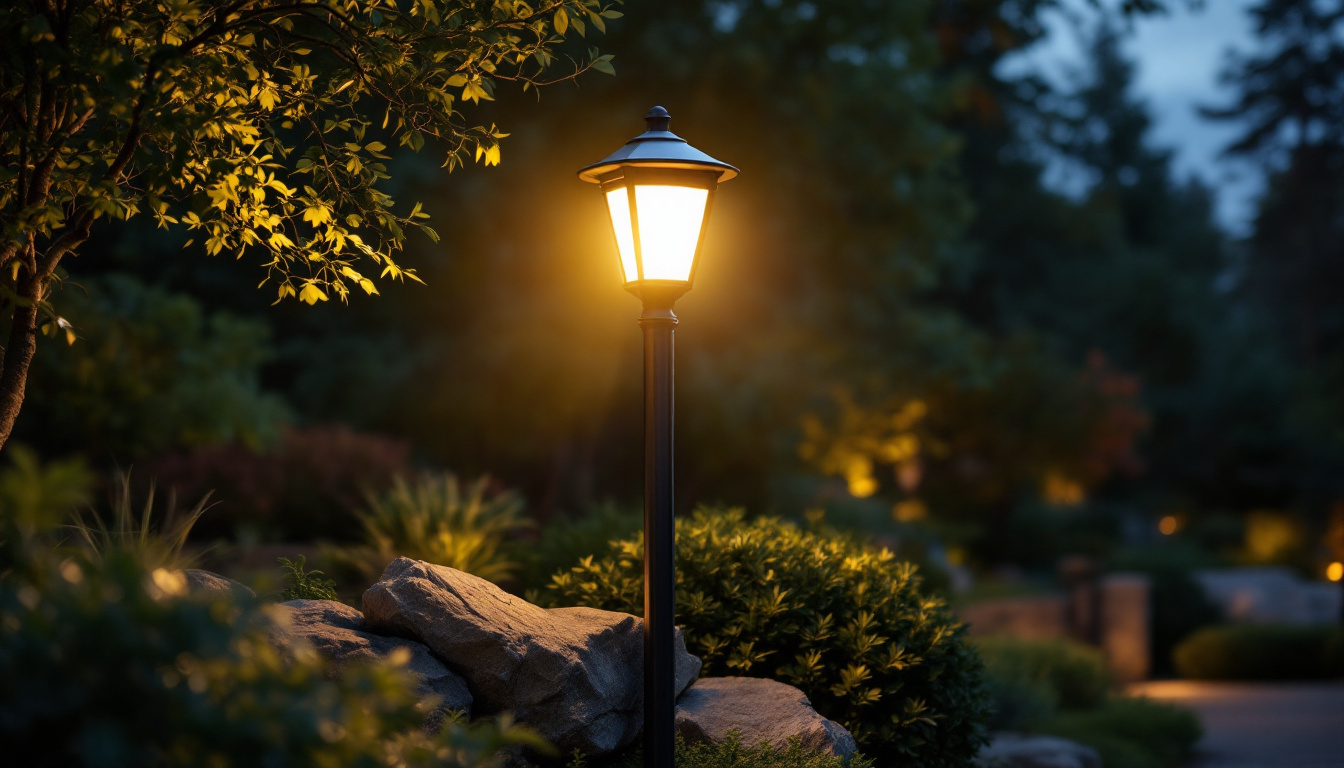
In the world of lighting installation and repair, understanding the nuances of fan light replacement covers is crucial for lighting contractors. These components not only enhance the aesthetic appeal of a space but also ensure safety and functionality. This article delves into the essential facts surrounding fan light replacement covers, providing contractors with the knowledge they need to excel in their work.
Fan light replacement covers serve as protective and decorative elements for ceiling fans equipped with light fixtures. They come in various styles, materials, and sizes, allowing for customization to match different interior designs. Understanding the purpose and types of these covers is essential for any lighting contractor.
The primary purpose of a fan light replacement cover is to shield the light bulb and wiring from dust and damage. Additionally, these covers help diffuse light, creating a softer ambiance in the room. They also play a significant role in the overall safety of the installation, preventing any accidental contact with electrical components.
Moreover, fan light covers can enhance the aesthetic appeal of a ceiling fan. A well-chosen cover can complement the decor of a room, making it not just a functional item but also a design element. This dual functionality is what makes understanding these covers vital for contractors. Beyond mere aesthetics, the right cover can also influence the quality of light emitted, impacting the mood and atmosphere of the space. For instance, a frosted cover can soften harsh lighting, making it more suitable for cozy gatherings, while a clear cover can provide bright, focused illumination ideal for tasks like reading or cooking.
Fan light replacement covers come in various types, each designed for specific applications. The most common types include globe covers, bowl covers, and dome covers. Globe covers are typically spherical and are often used in traditional designs, while bowl covers are more contemporary and can be found in various shapes and sizes.
Dome covers, on the other hand, provide a sleek and modern look, often used in minimalist designs. Understanding the different types allows contractors to recommend the best options to clients based on their specific needs and preferences. Additionally, there are specialized covers designed for specific lighting needs, such as those that accommodate LED bulbs or those that include integrated dimming features. This variety ensures that contractors can cater to a wide range of client requests, enhancing both functionality and style.
The materials used for fan light replacement covers can vary significantly. Common materials include glass, plastic, and acrylic. Glass covers are often favored for their durability and ability to diffuse light effectively, while plastic covers are lightweight and cost-effective.
Acrylic covers provide a balance between the two, offering clarity and strength without the fragility of glass. Each material has its advantages and disadvantages, and contractors should be well-versed in these to guide their clients effectively. For example, while glass covers may offer a more elegant appearance, they can be heavier and more challenging to install. Conversely, plastic covers, while easier to handle, may not provide the same level of light diffusion or aesthetic appeal. Furthermore, some materials are treated to resist yellowing or fading over time, which can be a crucial factor for clients looking for long-lasting solutions. Understanding these nuances allows contractors to make informed recommendations that align with their clients’ priorities and budgets.
Installing a fan light replacement cover may seem straightforward, but there are several considerations that contractors must keep in mind to ensure a successful installation. From safety protocols to compatibility with existing fixtures, understanding these factors is essential.
Safety should always be the top priority when installing fan light replacement covers. Contractors must ensure that the power supply is turned off before beginning any work. This precaution helps prevent electrical shocks and ensures the safety of both the contractor and the homeowner.
Additionally, using appropriate tools and following manufacturer instructions is crucial. Each cover may have specific installation requirements, and adhering to these guidelines ensures a secure fit and optimal performance.
Before selecting a replacement cover, contractors must assess the existing ceiling fan and light fixture. Compatibility is key; the cover must fit securely onto the fan’s light kit. Measuring the diameter and depth of the existing fixture can help in selecting the right cover.
Furthermore, contractors should consider the wattage and type of bulbs used in conjunction with the cover. Some covers may have restrictions regarding the maximum wattage, which can affect the overall lighting quality in the space.
Having the right tools on hand can streamline the installation process. Basic tools typically include a screwdriver, a voltage tester, and possibly a ladder, depending on the height of the ceiling. For more complex installations, additional tools such as wire strippers or pliers may be necessary.
Being prepared with the right tools not only enhances efficiency but also minimizes the risk of damage to the cover or the ceiling fan itself during installation.
Once a fan light replacement cover is installed, ongoing maintenance is essential to ensure its longevity and performance. Regular cleaning and inspections can prevent issues and keep the fixture looking its best.
Cleaning fan light covers should be approached with care to avoid scratches or damage. For glass covers, a mild detergent and soft cloth are often sufficient. Avoiding abrasive cleaners is crucial, as they can mar the surface.
For plastic or acrylic covers, a gentle soap solution can be used, followed by a thorough rinse and drying with a soft cloth. Regular cleaning not only maintains the appearance of the cover but also ensures optimal light diffusion.
Regular inspections are vital to identify any signs of wear or damage. Contractors should advise homeowners to check for cracks, discoloration, or loose fittings. Addressing these issues promptly can prevent more significant problems down the line.
Additionally, checking the light bulbs for any signs of flickering or dimming can indicate underlying electrical issues that may need attention. Encouraging clients to conduct these inspections can enhance the overall safety and functionality of their lighting systems.
With so many options available, selecting the right fan light replacement cover can be a daunting task. However, understanding the factors that influence this decision can simplify the process for contractors and their clients.
The design of the replacement cover should align with the overall style of the room. For instance, a contemporary space may benefit from sleek, minimalist covers, while a traditional setting may call for more ornate designs. Contractors should encourage clients to consider how the cover will fit into the existing decor.
Color is another important factor. While many covers are available in standard white or clear options, custom colors or finishes can enhance the visual appeal. Contractors should be aware of the various aesthetic options available to guide their clients effectively.
Budget is often a significant factor in the decision-making process. Fan light replacement covers can range widely in price, depending on the material, design, and brand. Contractors should provide clients with a range of options that fit their budget while still meeting their aesthetic and functional needs.
Discussing the long-term value of investing in higher-quality covers can help clients understand the benefits of choosing durability and style over cost alone.
In today’s eco-conscious market, energy efficiency is a critical consideration. Contractors should inform clients about the importance of using energy-efficient bulbs in conjunction with their fan light covers. LED bulbs, for example, not only last longer but also consume significantly less energy than traditional incandescent bulbs.
Encouraging clients to choose energy-efficient options can lead to long-term savings on energy bills and contribute to a more sustainable environment.
Even with proper installation and maintenance, issues can arise with fan light replacement covers. Understanding common problems and their solutions can help contractors provide better service to their clients.
One of the most common issues encountered is dim or flickering lights. This can be caused by several factors, including incompatible bulbs, poor connections, or faulty wiring. Contractors should advise clients to check the bulb specifications and ensure they are using the correct wattage.
If the problem persists, inspecting the wiring connections may be necessary. Loose or damaged wires can lead to inconsistent power supply, resulting in flickering lights. In such cases, seeking the assistance of a qualified electrician may be warranted.
Cracks or breakage in the cover can occur due to various reasons, such as impact or thermal stress. Contractors should advise clients to handle covers with care during cleaning and maintenance to prevent such damage.
If a cover is cracked, it should be replaced immediately to avoid safety hazards. Contractors can assist clients in selecting a suitable replacement cover and ensure proper installation to prevent future issues.
Inconsistent light distribution can be frustrating for homeowners. This issue may arise from the design of the cover itself or the type of bulbs used. Contractors should evaluate the cover’s ability to diffuse light evenly and recommend adjustments if necessary.
In some cases, switching to a different type of bulb or using multiple light sources may improve overall lighting quality. Educating clients on these options can enhance their satisfaction with the lighting in their space.
Understanding fan light replacement covers is essential for lighting contractors looking to provide exceptional service to their clients. From installation considerations to maintenance and troubleshooting, having a comprehensive knowledge of these components can set contractors apart in a competitive market.
By staying informed about the various types, materials, and best practices associated with fan light replacement covers, contractors can ensure that their clients receive not only functional lighting solutions but also aesthetically pleasing designs that enhance their living spaces.
As the demand for quality lighting solutions continues to grow, contractors equipped with the right knowledge and skills will be well-positioned to meet the needs of their clients effectively. Investing time in understanding fan light replacement covers is a step toward achieving excellence in the field of lighting installation and repair.
Ready to elevate your lighting projects with the finest fan light replacement covers? Look no further than LumenWholesale, where we provide contractors with the highest quality, spec-grade lighting products at unbeatable wholesale prices. Say goodbye to local distributor markups and hello to superior lighting that meets the highest industry standards. With our hassle-free bulk buying and free shipping, you can trust that you’re getting premium lighting at the best value — without any hidden fees. Enhance your lighting installations with the perfect blend of quality, affordability, and convenience. Visit LumenWholesale today and experience the difference for yourself!

Discover why staying updated on light levels is crucial for every lighting contractor.

Discover how the innovative 模块For Scoop platform is revolutionizing the lighting industry by streamlining operations and cutting costs for contractors.
Discover how recess ceilings are revolutionizing the lighting industry, offering contractors innovative solutions for seamless installations and enhanced aesthetic appeal.

Discover the key factors lighting contractors need to consider when selecting super bright solar lamp posts.